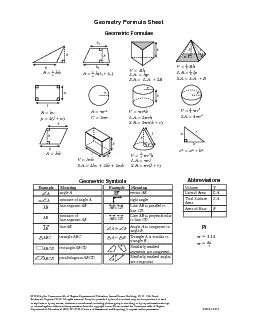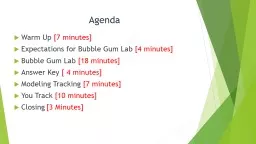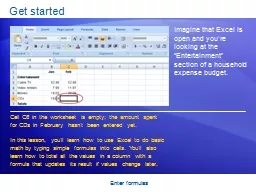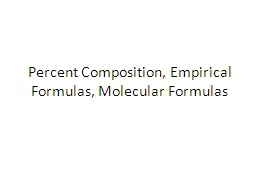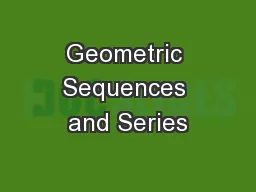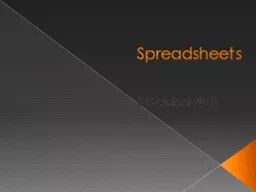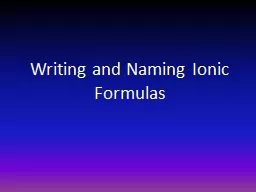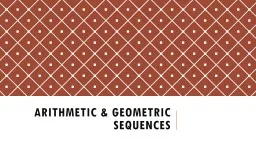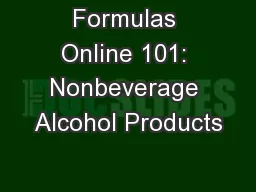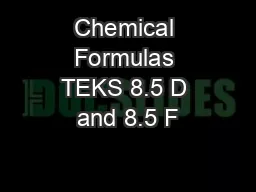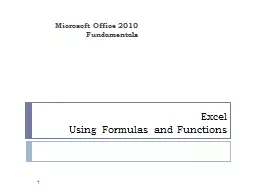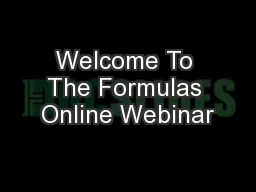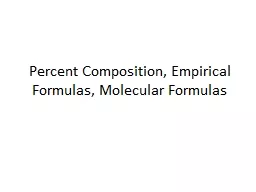PDF-Geometry Formula Sheet Geometric Formulas Pi p
Author : stefany-barnette | Published Date : 2014-12-21
14 p 22 V lwh SA lw lh wh A h V LA rh SA h r A lw p 2 l w A C a b 2003 by the Commonwealth of ginia Department of Education James Monroe Building 101 N 14th Street
Presentation Embed Code
Download Presentation
Download Presentation The PPT/PDF document "Geometry Formula Sheet Geometric Formula..." is the property of its rightful owner. Permission is granted to download and print the materials on this website for personal, non-commercial use only, and to display it on your personal computer provided you do not modify the materials and that you retain all copyright notices contained in the materials. By downloading content from our website, you accept the terms of this agreement.
Geometry Formula Sheet Geometric Formulas Pi p: Transcript
Download Rules Of Document
"Geometry Formula Sheet Geometric Formulas Pi p"The content belongs to its owner. You may download and print it for personal use, without modification, and keep all copyright notices. By downloading, you agree to these terms.
Related Documents

